|
As a form of continued professional development, I'd like to complete at least one larger embroidery project a year. This year's CPD is going to be inspired by a medieval orphrey kept at the Museum Catharijneconvent in Utrecht, the Netherlands. I wrote a blog entry on an exhibition of medieval goldwork embroidery from the Netherlands held at the museum last year. You can find a picture and details of the orphrey of St. Laurence patron saint of Rotterdam, and indeed many excellent pictures of embroidery, in their online catalogue. I contacted the museum for a high resolution digital picture of the piece. They were very helpful and within days I had the information I wanted. Firstly, I spend several hours on redrawing the image from the picture. Older textiles have a tendency to distort. After I was happy with the result, I made a pricking and pounced it. Painting with water colour on c. 40 ct. natural coloured linen wasn't easy. So far, I only had experience with nice smooth silk. My lines are a little thick and my paint didn't stay at the right fluidity for long. However, since the whole picture will be solidly packed with either gold threads or silk, it is not a problem. As you can see, the saint will be stitched separately from the background. He will be later appliqued to the background. I will also work some of the background ornaments separately. I intend to applique the whole piece on a scrap of red chasuble fabric. I've decided to start work on the saint. He will be stitched in Chinese flat silk and fine Japanese thread. Chinese flat silk has the advantage that I can split it to very fine strands of fibres. This will be especially important for my tapestry shading of the detailed face. As we attended Easter mass at 5:00h this morning, you will appreciate that I started with the least intricate part of Laurence: his shoes. They are worked in tapestry shading using two shades of a lovely dark chocolate. I split the flat silk in two. My tapestry shading is worked over a split stitch edge. That's all I managed today :).
Tomorrow, two ladies from Switzerland and two from Germany will join me for a five-day course on Goldwork embroidery. I am looking forward to meet them and spent a week sharing my knowledge with them. More on their results in next week's blog. After that, I'll regularly keep you update on St Laurence.
10 Comments
This blog post will be a bit of a rant. Blog readers possibly don't like that. I deliberated for a long time. Should I write the truth or should I make up a candy story just to keep my readers happy? I decided to write my truth as my experiences are bothering me greatly. So, if you suspect you don't like my truth, that's ok. I suggest you scroll to the bottom of this post and read the happy part. Over the past few years, I've attended a couple of needlework shows in the Netherlands and Germany. People from the needlework community always urge me to have a stand at these shows. For various reasons. They think it is a great way to make money and reach new costumers. And for them it is a great way to see the supplies I sell before they buy them. Buying online has, after all, its disadvantages. Well, let me tell you what really happens at these shows. They are a lot, and I mean A LOT of work. Preparing the kits for the workshops I offer usually takes up a whole working week. Then there is a day of preparing the stand and a day to sort everything back into the studio and to update the webshop. For the Allgäuer Nadelstiche, I counted 111 man hours. With the small profit we made, it means we worked for €2,46 per hour before taxes. Myth busted. I don't make a good profit at these shows. In fact, I usually make a loss. But this is NOT about the money or the hard work. Although it is my dream to earn, one day, the legal minimum wage with my embroidery (which currently stands at €8,50 per hour in Germany), I know how to come by till that day has come. No, this post is about how the visiting people treat us at a typical needlework show. There is a major lack of respect, politeness and positive vibe. It is best compared with a 'live' facebook experience. People seem to think that it is ok to say just about anything nasty to us and behave badly. Below follows an account of the most popular harsh remarks and bad behavior. "Just wait a couple of years and you won't be able to see your stitching. Just like me." What a horrible thing to say, don't you think. I feel genuinely sorry for her that she can't stitch anymore because of her eye problem. But wishing me the same is just disgusting. By the way, this has proven to be a very popular remark... Another one from the top ten: "Did you make this? No way! Not you." "Is this a sheltered workshop, your hobby, or (laugh) your business." "You will never be able to make a living with this, anyway." This one is often followed by suggestions that I could lower my prices somewhat so that I would at least be able to sell some of my products. I find this a very schizophrenic remark. On the one hand, women in general complain that in most countries they don't get equal pay for the same work duties as a man. On the other hand, men like Kaffe Fassett, Arne & Carlos and the Myboshi boys can make a living. And that's because women buy their products and are prepared to pay the price. Then why are most women not prepared to pay the price when the product is made by a woman? Getting equal pay is, in this case, in our own hands! One woman walked up to my workshop ladies and said: "This is prison work and you are all mad that you are taking part. What! You even paid for it?" My workshop ladies were shocked. "Where is your business based? Oh no, that's over an hour's drive. It is better you come to me." I always offer to do that and charge for my extra time and gasoline. Strangely, my opponent is never amused. And then there was the thingy with the booked workshops. One of my workshops was fully booked and I had to turn further bookings made at my stand down. All 'before the show' bookings were taken by the organization and I had no influence on their marketing. The organization only put the workshop name, its price and my name on their website. However, I had a detailed description on my website with pictures. Prospective participants could have googled my name or asked the organization for more information. It turned out, they hadn't. And of course, it wasn't their fault, but mine. Upon arriving for the workshop, four of the six pre-booked ladies didn't want to attend the workshop. It was too expensive and not to their taste. Two simply walked away with no excuses or anything. They left it to their friend to apologize. Nice friendship by the way. Fellow standholders were aghast by such bad behavior. Onlookers at workshops are most welcome. No problem at all. I enjoy teaching and passing on my knowledge. However, there are limits to what I would call 'acceptable behavior'. It isn't ok to snatch my teaching instructions from the table (or indeed my hands!) and to start to read them intently from cover to cover. Or to take a picture with your mobile phone. That's theft. Upon politely suggesting that they are more than happy to attend the workshop and pay the workshop fee, these people bluntly tell me that they 'only wanted to see how it's done as they are avid needleworkers and don't need a workshop'. And then there are the many, many people coming up to our stand dour faced. They grab a product and lovelessly throw it back into the container. Why?! My heart blood is in there. Was it all bad? No. A hand full of people were genuinely happy that we were there. They thanked me for the wonderful workshop they just attended. They complemented me on the detailed pictures and the superb technical drawings in my instructions. I greatly enjoyed interacting with these lovely fellow humans. They helped me not to start crying. And maybe this is just all my own fault. I don't have a thick skin. Over the years, it just won't grow much. And I believe, that's not necessarily a bad thing. It means I can easily move and reach out to those who are less fortunate in whatever aspect than I am. It meant that I could patiently listen to the old lady who wanted to tell about her grandchildren but couldn't remember how many she had.
In the near future, me and my husband won't attend needlework shows anymore. They are just not for us. I hope, after reading the above, you'll understand. Did you miss me? Some of you panicked a little last week as there was no fresh blog post on Monday. I apologize. Me was on the road. The road to embroidery bliss that is. I attended a four-day course in Appenzell whitework with Verena Schiegg in Appenzell, Switzerland. This time, I prepared five 3x3 centimetre squares to practise drawn thread work. Which is called höhlen in Appenzell dialect. Working a relatively large area with square boundaries allowed me to really get the rythm of the stitch into my fingers. Let's examine each square a bit more closely, shall we? The simplest pattern is the Löchler or holes in English. I withdrew every fourth thread in both directions. Not easy on linen with 20 threads per centimetre. Some threads are so fine; they'll break when you work on the filling pattern (can you find the spot in the left hand picture?). This creates slight irregularity in the filling pattern. However, as this is a doodle cloth sampler, I don't really mind. With hind sight, I now know that I could have repaired the area by running an extra thread along the back before starting on the filling pattern. The filling pattern on the right is called Möggler or mosquito in English. I really like this one. The pattern uses a grid of two withdrawn threads and three left in place in both directions. It took me a while to get the four buttonhole stitches right to form the mosquito, but the result is quite nice. You learn so much more from mistakes, than from plain sailing, don't you think? The pattern on the left is called Chrüzler or crosses in English. Not only forms it a pretty pattern, it has a lovely stitching rhythm too. Again, it is worked in a grid with two withdrawn and three standing threads in both directions. The pattern on the right is more of a challenge. It is called the Nolli or zeros and it is much harder to achieve a pleasing uniform look. It is essentially formed of back stitches and woven spiders. As the spider needs a little more space, I worked it in a grid of three withdrawn and three standing threads in both directions. My absolute favourite, my piece de resistance, so to speak, is the Zuppli or pick apart in English. The pretty flowery pattern is worked in a grid with two withdrawn and three standing threads in both directions. It really is very pretty, but needs quite a large area to come to full effect.
These are the first five patterns I learned. In the coming months I will experiment with variations on the Löchler and Möggler. Next time I'll go to Appenzell, I will learn new filling stitches like the Eieler and Wöllestich. And they, of course, have variations too! |
Want to keep up with my embroidery adventures? Sign up for my weekly Newsletter to get notified of new blogs, courses and workshops!
Liked my blog? Please consider making a donation or becoming a Patron so that I can keep up the good work and my blog ad-free!
Categories
All
Archives
July 2024
|
Contact: info(at)jessicagrimm.com
Copyright Dr Jessica M. Grimm - Mandlweg 3, 82488 Ettal, Deutschland - +49(0)8822 2782219 (Monday, Tuesday, Friday & Saturday 9.00-17.00 CET)
Impressum - Legal Notice - Datenschutzerklärung - Privacy Policy - Webshop ABG - Widerrufsrecht - Disclaimer
Copyright Dr Jessica M. Grimm - Mandlweg 3, 82488 Ettal, Deutschland - +49(0)8822 2782219 (Monday, Tuesday, Friday & Saturday 9.00-17.00 CET)
Impressum - Legal Notice - Datenschutzerklärung - Privacy Policy - Webshop ABG - Widerrufsrecht - Disclaimer

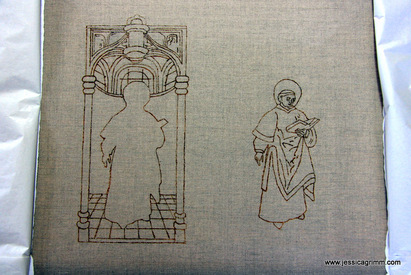
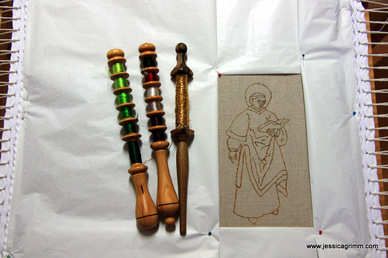
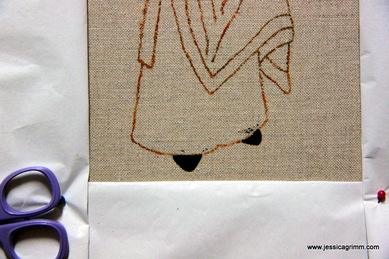
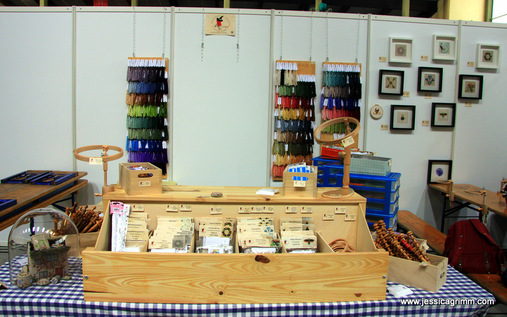
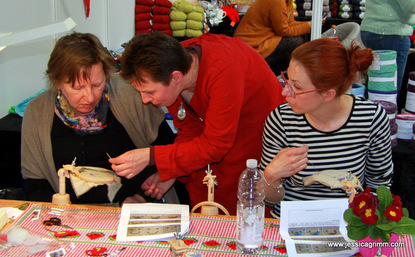
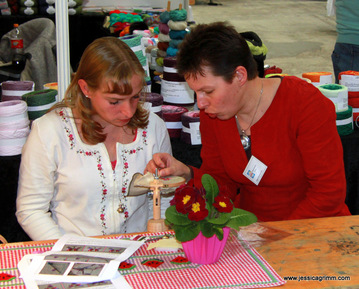

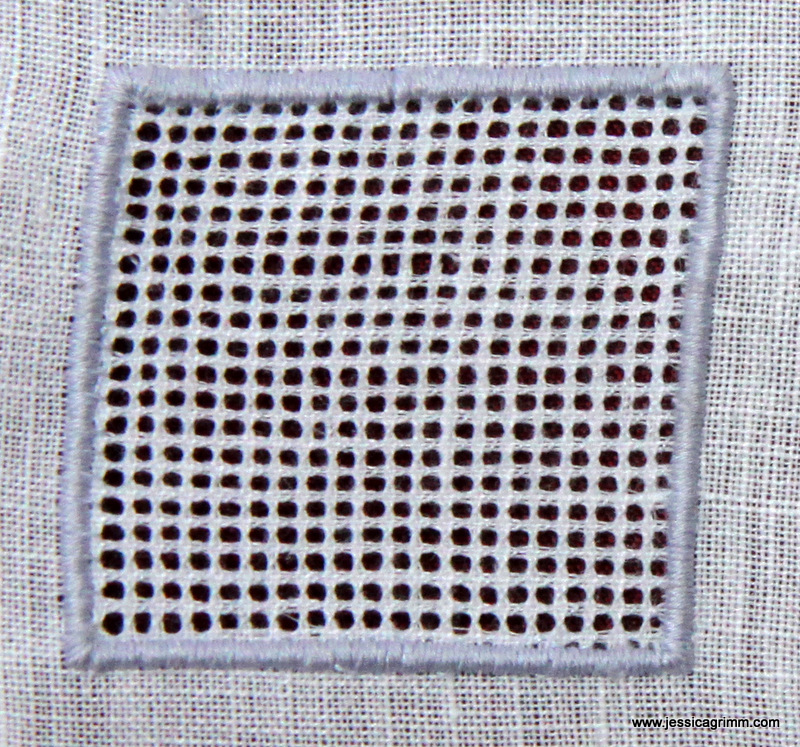
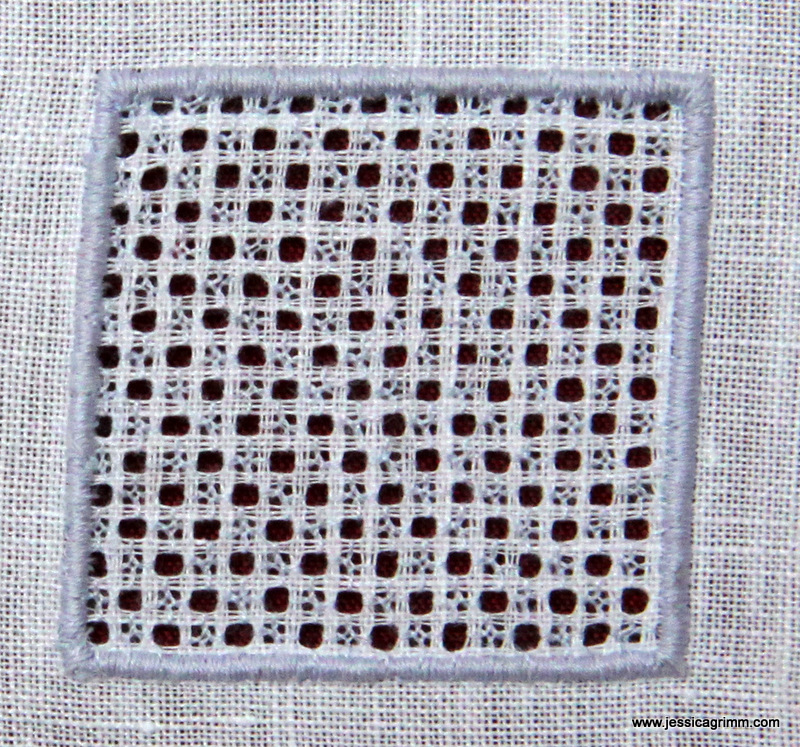
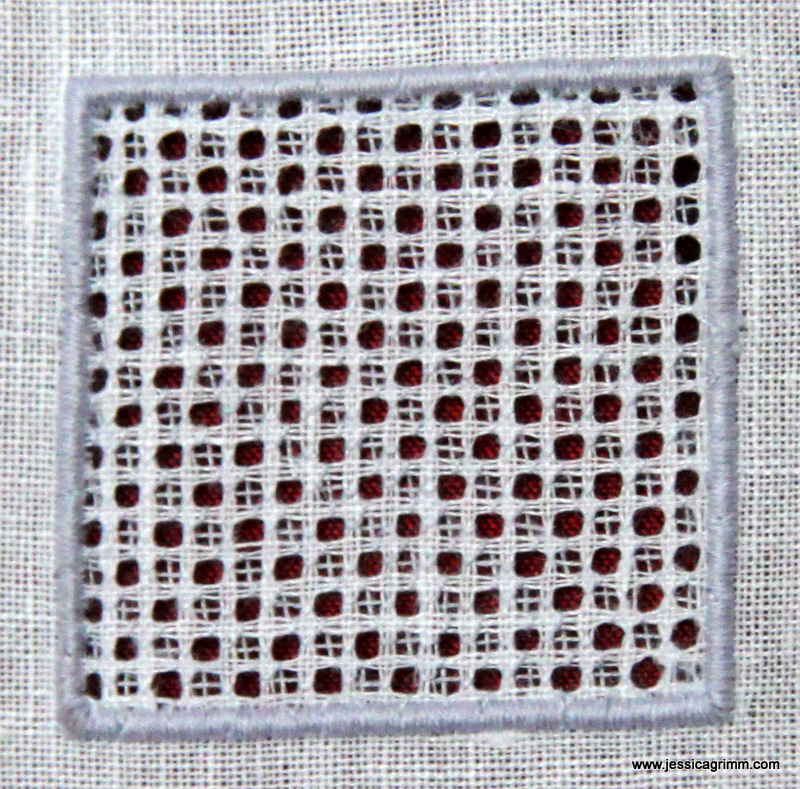
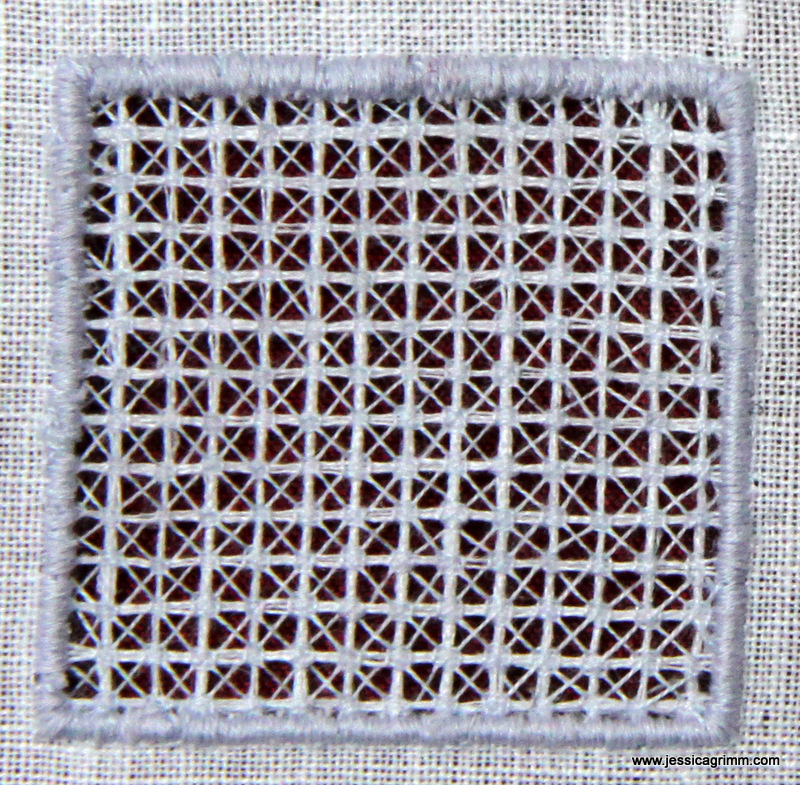
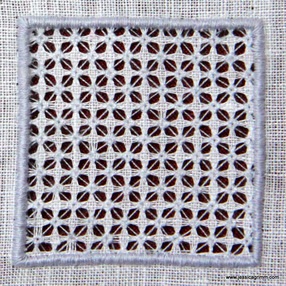





 RSS Feed
RSS Feed